I'm passionate about neurotechnology, medical devices and imaging, machine learning, and music, and I'm actively working on these things.
I'm a research engineer in UC Berkeley's Sensorimotor Neural Engineering Lab, where I am building a hand kinematics-tracking wearable for stroke rehabilitation, driving electronics and form factor design in our space-constrained, easy-to-apply wireless device.
Previously, I've done research in Transcranial Magnetic Brain Stimulation and Machine Learning for 3D Multi-class Cancer Tumor Segmentation on MRIs. More about my research experience on LinkedIn, and check out my Projects!
My training is in Electrical Engineering, Computer Science, and Bioengineering from UC Berkeley, where I focused on learning and building with a tech stack tailored to medical devices. During undergrad, I am grateful to have had the chance to lead Neurotech@Berkeley 🧠, a group of 120+ undergrads actively building BCI devices, software, and wetware, consulting with companies, and getting more people interested in the field through our student-led courses, publications, and diverse event series.
I love playing and thinking about music -- I play the piano, bassoon, and chromatic harmonica in jazz, classical, and pop genres, and am always curious about the connection between music and our brains and bodies. I'm currently trying to learn more about sound design!
I do not (yet) own Philz Coffee, but will still thank you for your business if you decide to buy a coffee from the Californian chain. For reasons not so obvious, I'm a fan of their Philtered Soul and Philharmonic flavors.
Always happy to chat or grab a coffee - please send me an email at phil.xie [at] berkeley [dot] edu or on LinkedIn!
🛠 This website is under construction. More cool stuff coming soon!
🦾 Here are some highlighted projects! To see what I'm researching, check out my LinkedIn.
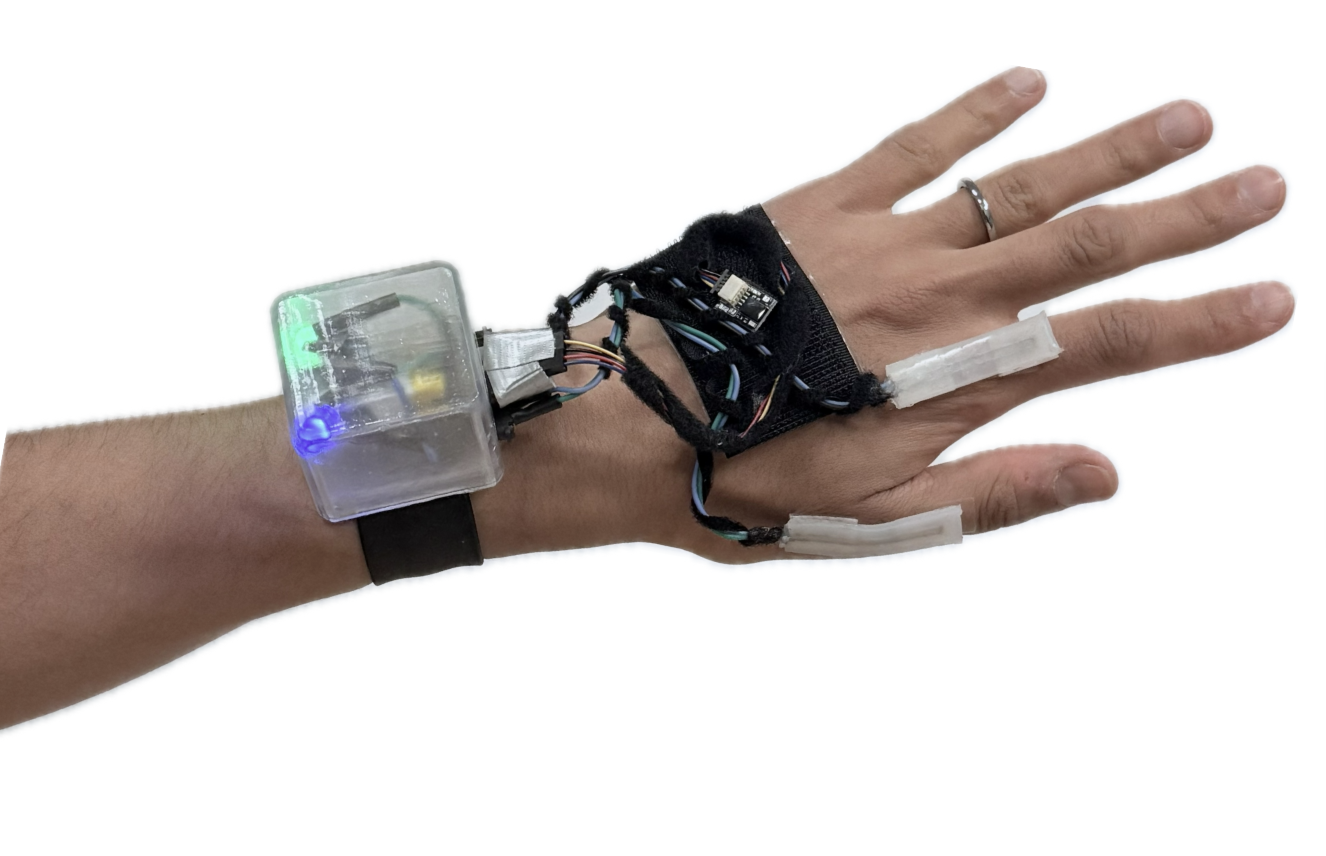
A multi-sensor, easy-to-apply wireless wearable for continuously monitoring the hand kinematics of patients with motor impairments.
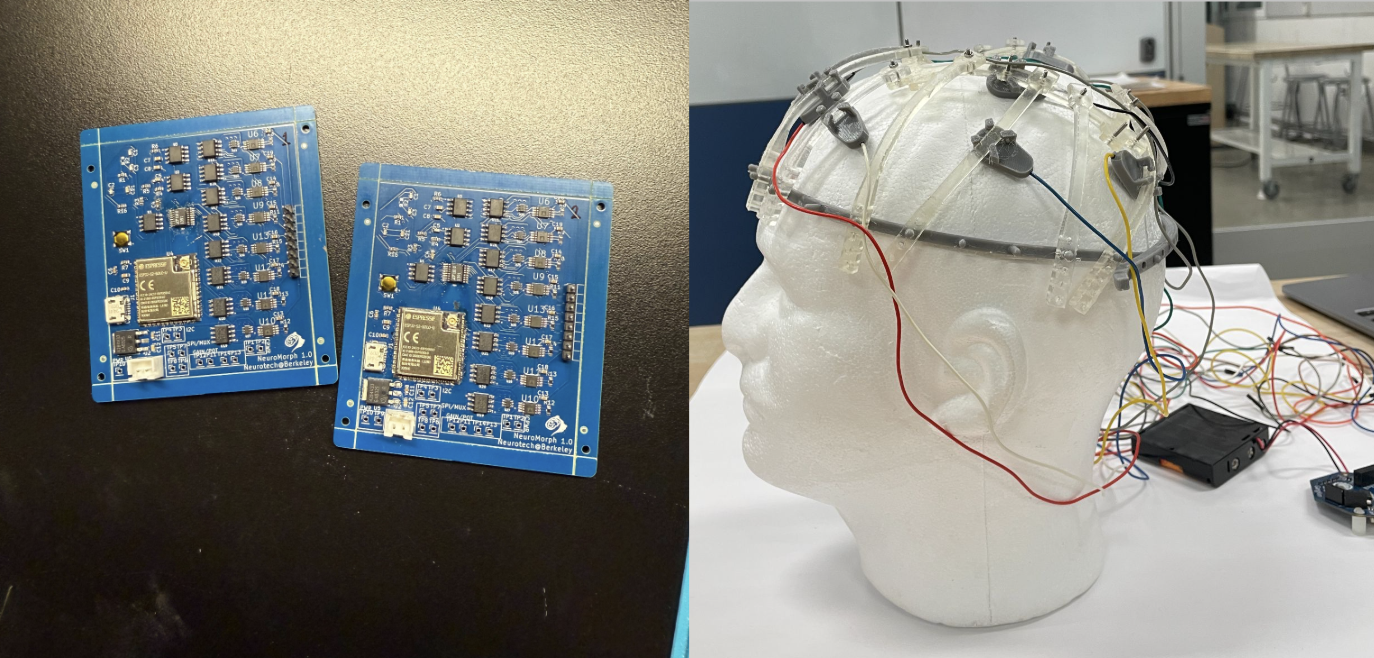
A modular, fully customizable, daisy-chainable EEG headset for independent neuroscience research.
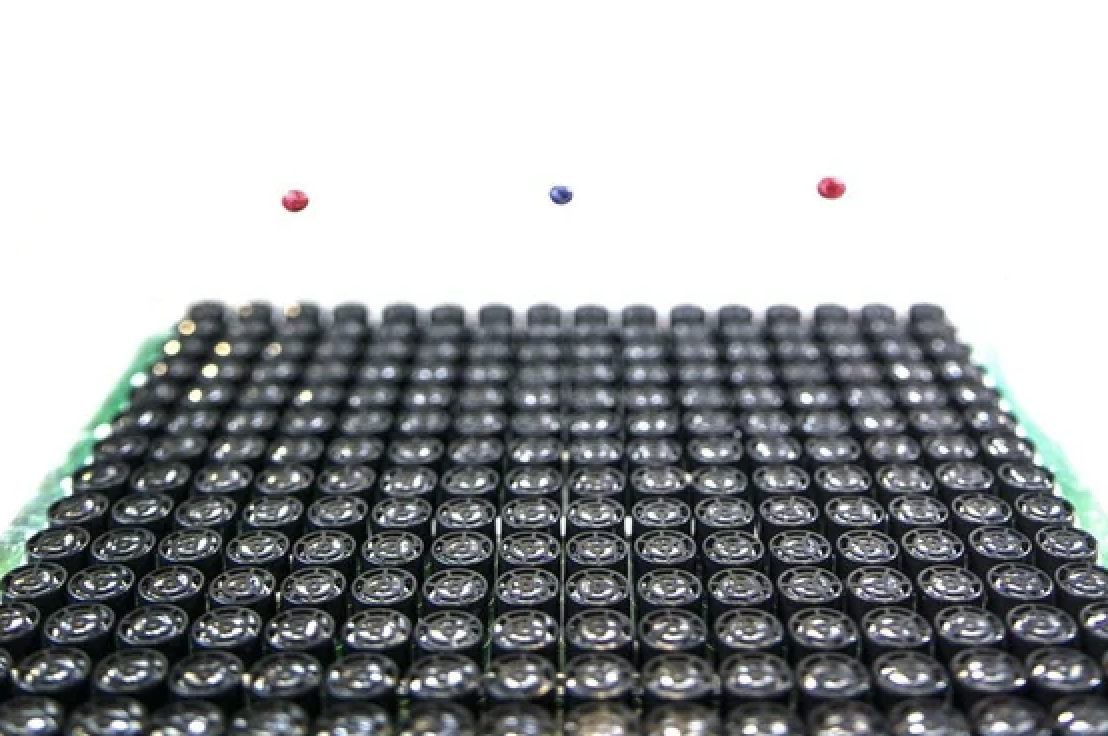
A Pair of PCBs with an opposing grid of transducers, for floating small particles!
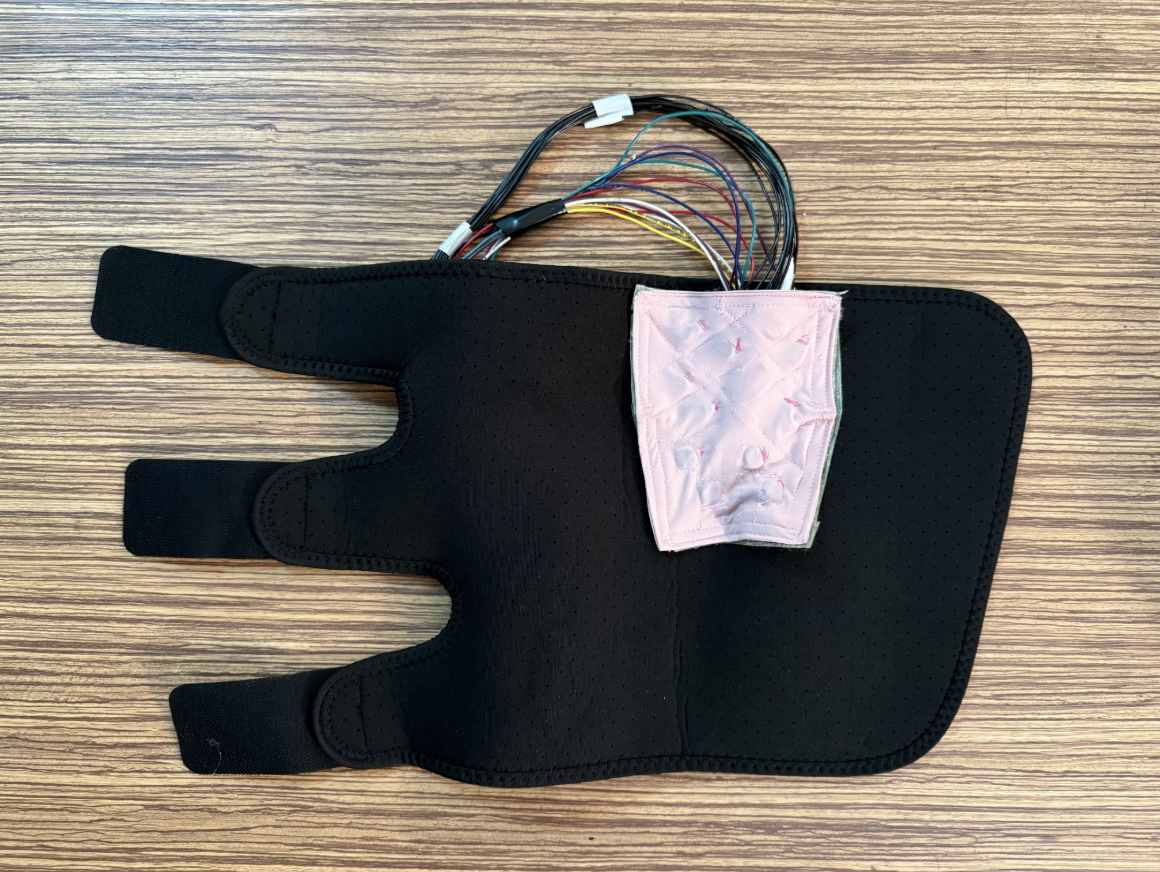
A wearable sleeve that translates live speech into phoneme-inspired haptic stimulation patterns with low-latency.
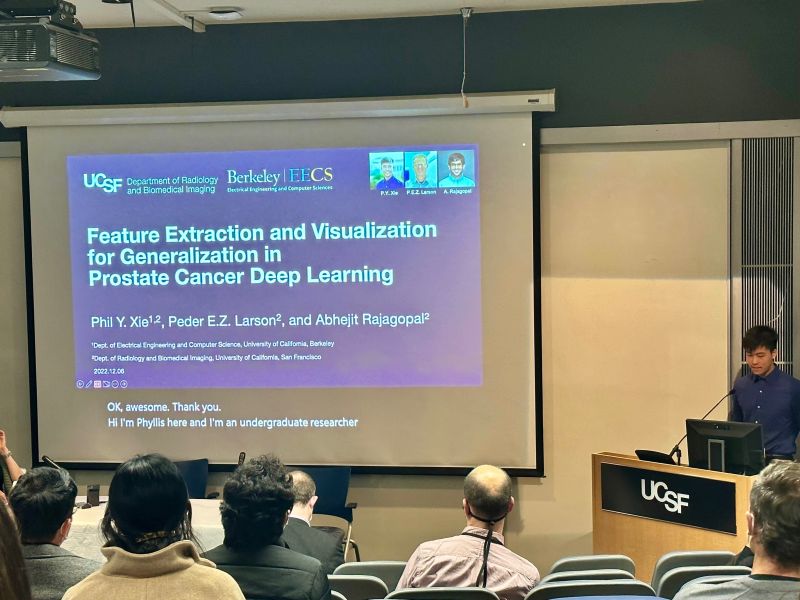
Developed novel sampling and regularization algorithms on Transformer-CNN hybrid models for multi-class cancer segmentation in 3D mp-MRI images.
🦾 Honorable Mentions:
• ECG Device (Analog Front End Design, LTSpice)
• LCD Display Driver in 45nm CMOS Transistors (Cadence)
• 3-stage Pipelined RISC-V CPU on Xilinx PYNQ FPGA (Verilog, Vivado)
• Chemical Reaction Mining via Transformers (PyTorch, PubChemPy, InChI) (I was previously a Project Lead. Teammates went on to publish a paper on this!)
• Mentored Portola High School team to develop low-cost, high-accuracy dental drilling alignment device – they won 2nd place out of 30+ teams in the 2025 BioEHS Competition Medical Devices track at UC Berkeley!
• EMG-controlled Robot Arm (Python, CAD, OpenBCI Ganglion)
• SSVEP-EEG for hands-free typing (PyTorch)
• Extracting, sequencing, and analyzing 2 Landoltia punctata protein genes (mRNA Sequences published on NIH GenBank: Iron sulfer assembly protein Hypersensitive induced reaction protein) (PCR, Gel Electrophoresis, Enzyme digest, mRNA Purification, BLAST, PDB, PubMed, BioGRID)
The statements below are under construction